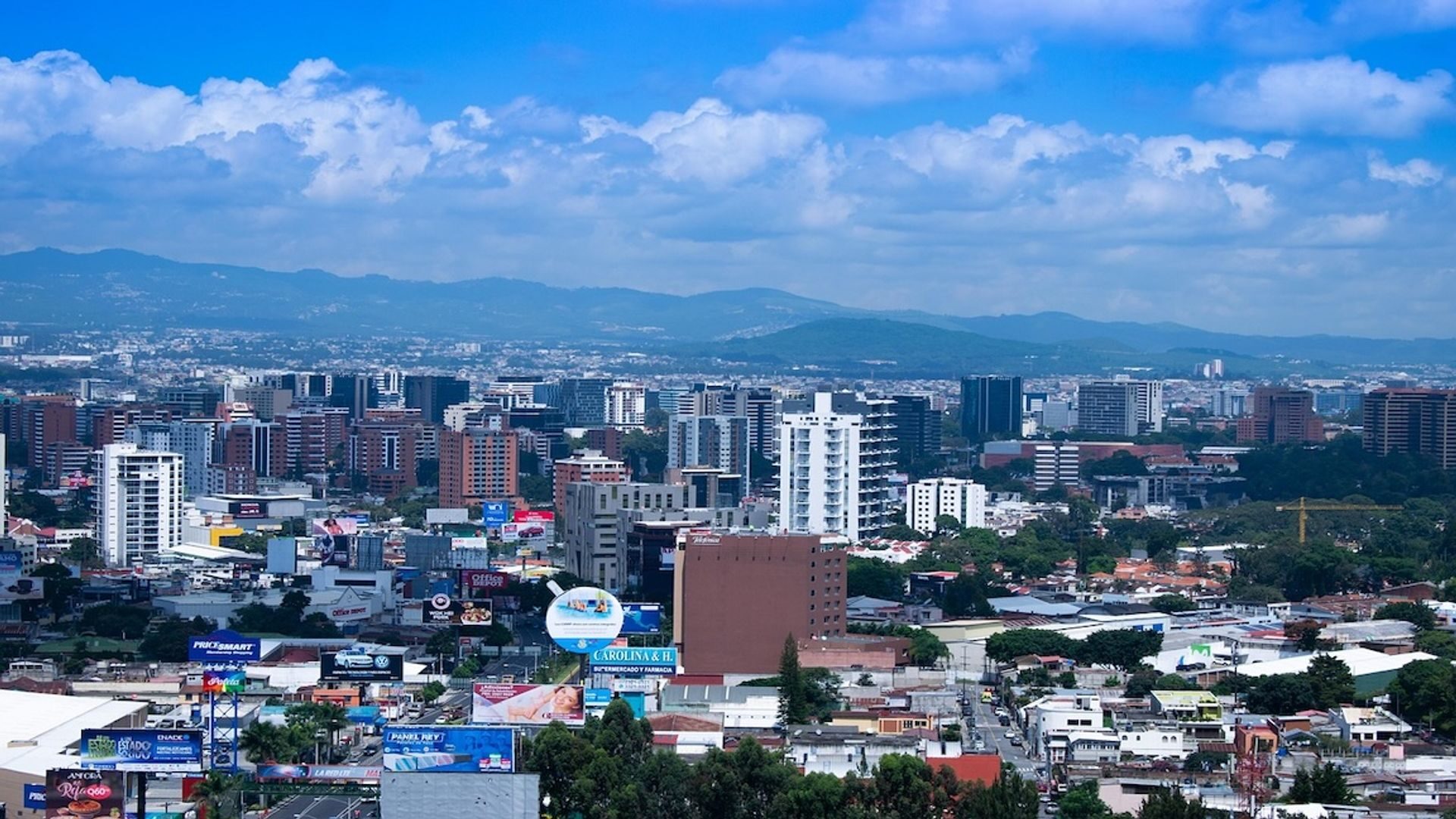BTC
$107,309.86
+
1.67%
ETH
$2,551.41
+
1.99%
USDT
$1.0003
+
0.02%
XRP
$2.3771
+
0.61%
BNB
$656.94
+
1.80%
SOL
$169.93
+
1.85%
USDC
$0.9998
+
0.02%
DOGE
$0.2281
+
2.92%
ADA
$0.7564
+
3.65%
TRX
$0.2709
–
0.82%
SUI
$3.9281
+
1.64%
LINK
$15.85
+
1.79%
AVAX
$22.79
+
3.28%
XLM
$0.2920
+
2.71%
HYPE
$26.60
+
2.52%
SHIB
$0.0₄1464
+
2.26%
HBAR
$0.1960
+
1.29%
LEO
$8.7854
+
0.92%
BCH
$400.95
+
2.85%
TON
$3.0793
+
0.18%
By Jamie Crawley, Krisztian Sandor|Edited by Parikshit Mishra
May 21, 2025, 1:00 p.m.

- Banco Industrial, Guatemala’s largest bank, has adopted blockchain fintech company SukuPay’s stablecoin rails for customers to send remittances from the U.S.
- SukuPay is built on Polygon and uses the USDC stablecoin.
- Remittances to Guatemala number around $21 billion annually, which is nearly 20% of the country’s GDP.
Guatemala’s largest bank, Banco Industrial, has adopted blockchain firm SukuPay’s stablecoin rails for customers to send remittances from the U.S.
SukuPay will allow Guatemalans to receive funds from the U.S. for a flat 99 cent fee using only a phone number within their Banco National mobile app Zigi, according to an emailed announcement on Wednesday.
STORY CONTINUES BELOW
“This integration marks the first time a crypto-native protocol has gone live at this depth inside a top-tier Latin American retail bank,” SukuPay said in the announcement.
SukuPay’s developer Suku unveiled the payment tool in April 2024 as a way of allowing cross-border money transfers without the need to create a crypto wallet. It is built on Ethereum scaling network Polygon and uses the USDC stablecoin.
Stablecoins, now a nearly $230 billion asset class, are one of crypto’s most practical success stories. Pegged to fiat currencies like the U.S. dollar, they’ve become popular tools for payments, remittances and savings—especially in developing countries where banking access is limited or local currencies are volatile.
SukuPay’s integration into Banco Industrial underlines the trend how blockchain-based rails are quietly entering the financial mainstream, not as investment vehicles but as invisible plumbing for real-world money movement.
Remittances to Guatemala number around $21 billion annually, which is nearly 20% of the country’s GDP.
Only 35% of Guatemalan adults had access to formal bank accounts as of 2022, according to the World Bank’s Findex Data, making it a prime market for tools that can improve financial inclusion.
Jamie has been part of CoinDesk’s news team since February 2021, focusing on breaking news, Bitcoin tech and protocols and crypto VC. He holds BTC, ETH and DOGE.



